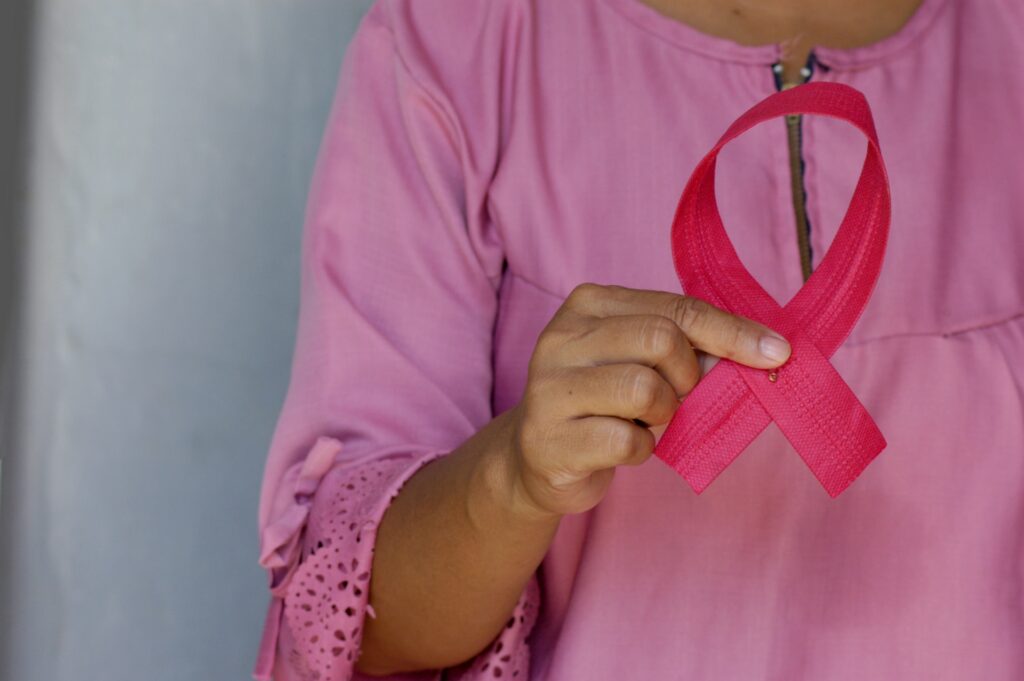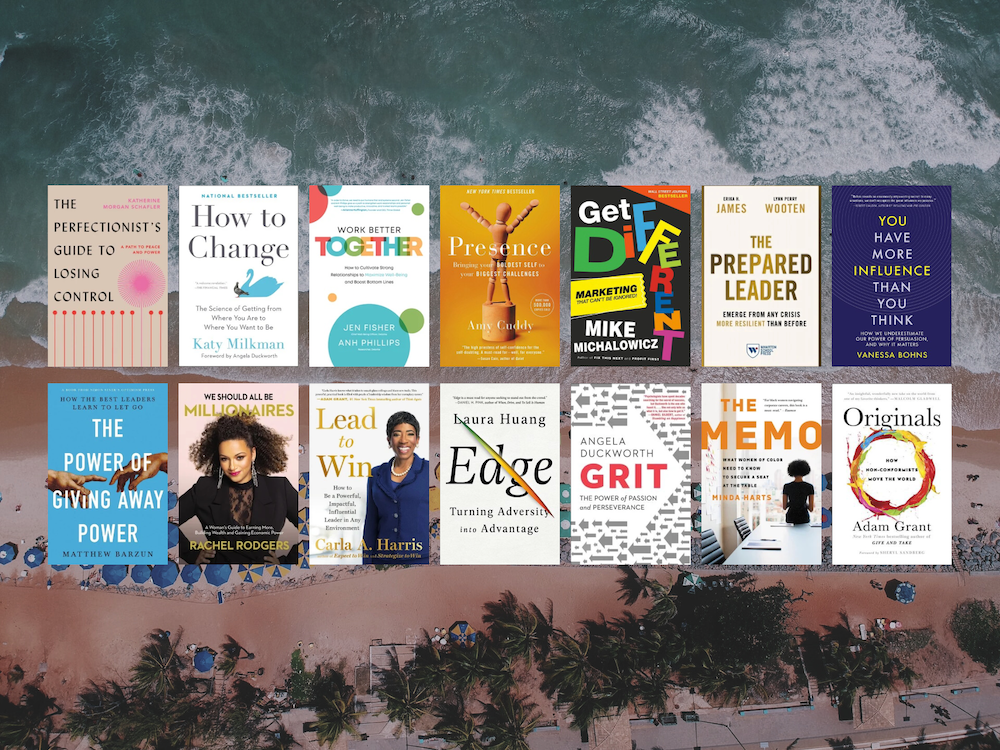A domestic violence expert weighs in on the fight for survivors

40-year-old Keaira Bennefield was sitting in her car in front of her mother’s house when she was shot and killed in early October as her children sat in the backseat, witness to the horror unfolding before them. Buffalo police have since arrested her abusive estranged husband, who they suspect pulled the trigger. At the time of her murder, he had pending criminal charges for a domestic violence-related incident with Keaira, but because of New York’s bail reform law, he had been released. She had been so fearful following his release that she was wearing a bulletproof vest when police found her body.
The devastating reality is that her tragic fate is far too common. In fact, available research shows that women are more likely to be killed by an intimate partner (husband, boyfriend, same-sex partner, or ex) than by anyone else. An estimated 10 million people per year are physically abused by an intimate partner, according to the National Coalition Against Domestic Violence, and the journey towards escaping is anything but straightforward.
Cases like Keaira’s are what motivates Judith Olin, Clinical Professor of Law and Director of the University at Buffalo’s Family Violence and Women’s Rights Clinic – to push onward and help those in need.
“Empirical research shows that once s/he leaves, the survivor is at higher risk of lethality which lasts for the first year after leaving the abusive relationship. Survivors need to be supported where they are,” explains Olin.
With #DomesticViolenceAwarenessMonth happening this October, MBAchic wants to highlight the importance of yearlong efforts to raise awareness.
If the victim is ready, creating a safety plan with a highly trained domestic violence advocate is a crucial step to provide practical information that s/he may never have considered so that if and when s/he is ready to leave, appropriate safety precautions are in place.
“Some abusive partners will brainwash a survivor into thinking that if they separate, s/he will never be able to get a share in the house, or the retirement plan, or get custody,” explains Olin. “Once a survivor has an idea of what a likely outcome will be if s/he files for divorce, s/he can weigh her options with information that is accurate,” she says.
While research finds that women who are economically dependent on their abusers are less able to leave and more likely to return to abusive partners, domestic violence occurs across socioeconomic classes. While low-income survivors are more likely to involve law enforcement, higher income survivors often keep their problems away from public authorities, masking their private reality from the harsh light of public scrutiny. Olin describes how several professional women she knows – one an esteemed engineer and another a prominent physician – both speak out publicly about their experiences as survivors, describing how challenging it can be to admit their victimization.
“A stereotype of the ‘typical’ survivor does not include a professional woman who is able to financially support herself without the abusive partner’s income,” explains Olin.
It is up to individuals, organizations, and communities to resist the stigmas or assumptions that swirl around intimate partner violence, to create a safe space for survivors to share their circumstances and access the resources they need.
“A survivor who has the means to leave the abusive relationship but doesn’t is likely to feel more judged by others who do not understand the dynamics of a coercively controlling relationship,” says Olin.
“We need to set aside our stereotypes of who a survivor of intimate partner violence is supposed to be, and accept that survivors are unique and do not fit a common mold.”
The past few years have represented some significant progress, financial and legislative support for survivors including:
- Increased annual federal appropriations in 2020 and 2021
- the signing of the American Rescue Plan to support survivors during COVID-19
- Violence Against Women Act (VAWA) reauthorization with strengthened provisions, especially for underserved and marginalized communities (including LGBTQ+ survivors and Indigenous communities)
- signing of the Victims of Crime Act (VOCA) Fix
- the partial closure of the “boyfriend loophole” in the Bipartisan Safer Communities Act
Still, much work remains to be done to further protect domestic violence victims, eliminate stale stigmas that prevent survivors from seeking help, understand risk factors, and ultimately break the cycle of abuse.
As we head into 2023, Olin says the traditional criminal response to domestic violence does not work in all communities, particularly in some communities made up of survivors of color. One growing trend aims to create culturally specific services for domestic violence survivors to provide specific services – for example – transitional housing for clientele who are not comfortable with traditional shelters.
“Having high quality alternatives for DV survivors is critical,” Olin says.
Another persistent challenge is the continuously high gender wage gap, particularly problematic for women of color.
“Some progress has been made in this area, but it is not enough,” Olin points out.
“Programs that support single working mothers which include features such as subsidized daycare are extremely important. We have a successful local program in Buffalo that provides scholarships to single mothers as well as coaching, mentoring, peer support and employment support seeking to help single working women attain jobs in high demand, high paying sectors.”
Want to make a difference now? Start by contacting your Senators and Representatives, urging them to prioritize 2023 funding for survivors, and supporting economic justice policies. On a local level, take the time to research domestic violence serving organizations within your community, donate funds, attend awareness events, or volunteer — all can make a huge impact.
“Supporting prevention efforts directed at educating teens on healthy relationships is another important step, since we know that women between the ages of 18-24 have the highest incidence level,” adds Olin.
“Teen boys need to learn about the pitfalls of the toxic masculinity mentality that encourages using the tactics of power and control over one’s partner.”
If you are experiencing domestic violence, call the National Domestic Violence Hotline at 1-800-799-7233, or go to thehotline.org. All calls are toll-free and confidential. The hotline is available 24/7 in more than 170 languages.

Photo from Christina @ WoC in Tech







